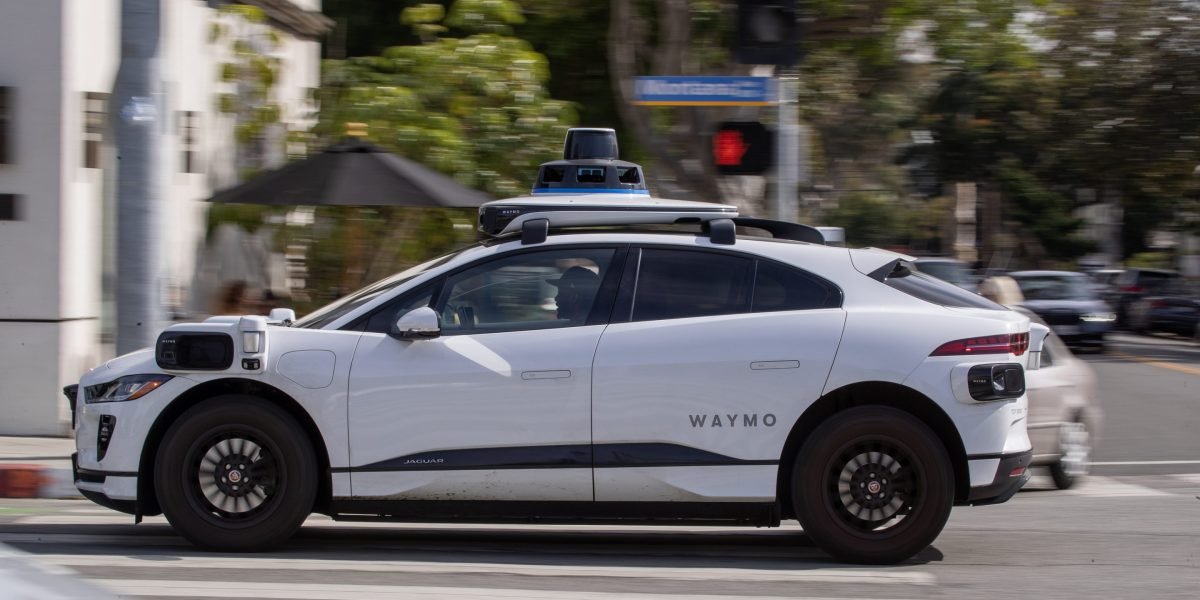
In San Francisco’s Chinatown, amid Lunar New Year celebrations, a crowd surrounded the autonomous vehicle, broke its windows, and set off fireworks inside it, setting it ablaze. Firefighters called to the scene reported the vehicle had also been graffitied.
One video—posted to X by NBC Bay Area’s Gia Vang—shows a crowd cheering as someone starts to break the car’s windows with a skateboard.
BREAKING: An autonomous Waymo vehicle is intentionally set on fire in Chinatown, according to SF Fire. Firefighters said they got reports around 10 people were involved.
Waymo said “a crowd surrounded and vandalized the vehicle, breaking the window and throwing a firework … pic.twitter.com/6QN2jTppRu
— Gia Vang (@Gia_Vang) February 11, 2024
Another posted to YouTube channel Frisco Live 415 shows firefighters working at the scene.
“The vehicle was not transporting any riders and no injuries have been reported,” a Waymo spokesperson told Fortune. “We are working closely with local safety officials to respond to the situation.”
It’s hard to say at this point whether the incident was the result of celebrations getting out of hand or malice toward robotaxis. But the presence of such vehicles on the roads has created a divide in San Francisco.
Waymo, part of Google parent Alphabet, offers its fully autonomous Waymo One ride-hailing service 24/7 across San Francisco. It also operates in parts of Phoenix, is ramping up operations in Los Angeles and Austin, and is trying to expand to other areas.
In San Francisco, some residents have protested autonomous vehicles by placing traffic cones on their hoods, causing them to stop. The practice was encouraged in an X video post last July by a group called Safe Street Rebel ahead of a vote to expand AVs in the city.
The group wrote, “Cruise & Waymo promise they’ll reduce traffic & collisions, but we know that’s not true. They block busses & emergency vehicles, create more traffic, and are a surveillance nightmare.”
In October, city official suspended the license of Waymo rival Cruise, which GM acquired in 2016. That followed an accident in which a Cruise robotaxi dragged a pedestrian 20 feet, with authorities feeling the company didn’t do enough to make them aware of this fact. A later report criticized Cruise’s “nontransparent approach to its disclosure obligations” to authorities investigating the accident.
The incident embarrassed GM CEO Mary Barra, whose plan to double the carmaker’s revenue by the end of the decade involves making it more of a tech company. Cruise had been projected to hit $50 billion in revenue by 2030, but now that’s up in the air with GM having grounded the entire fleet “to earn public trust.”





